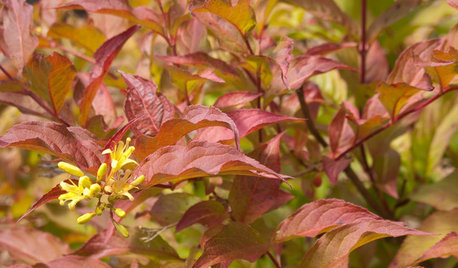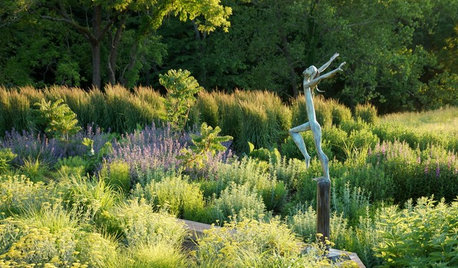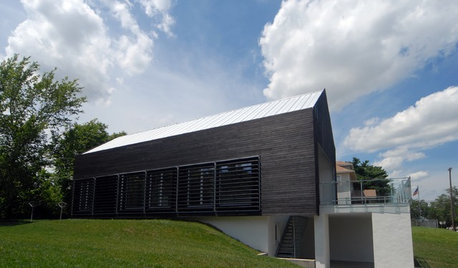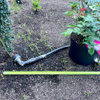Would it work to spray Japanese Honeysuckle right now?
christie_sw_mo
12 years ago
Related Stories

GARDENING GUIDESGreat Design Plant: Northern Bush Honeysuckle, a Bronze Beauty
It helps control erosion and takes sun or shade. The butterflies love it. But the best part of this shrub may be the vivid foliage
Full Story
BATHROOM DESIGNHow to Choose the Right Toilet
Style, seat height, flushing options, color choice and more will help you shop for the right toilet for you
Full Story
WALL TREATMENTSPick the Right Paint Finish to Fit Your Style
The question of finish may be as crucial as color. See which of these 9 varieties suits your space — and budget
Full Story
LANDSCAPE DESIGNEnergy Now: Designing a Garden That Gets You Going
Serenity has its place, but a garden that recharges and motivates you can be a beautiful thing
Full Story
GARDENING AND LANDSCAPINGHouzz Survey: See What Homeowners Are Doing With Their Landscapes Now
Homeowners are busy putting in low-maintenance landscapes designed for outdoor living, according to the 2015 Houzz landscaping survey
Full Story
MY HOUZZMy Houzz: Once-Bare Seattle Yard Now Fit for a Wedding
DIY patience pays off for an interior designer and a contractor who transformed their landscape for the party of their lives
Full Story
REMODELING GUIDES'Yakisugi-ita' Is Setting the Siding World on Fire
Exterior wood siding created by a Japanese burning technique is now alighting in the Western world
Full Story
ARBOR DAY8 Reasons to Plant a Great Tree
Beauty is its own reward, but the benefits of planting the right tree in the right place go way beyond looks
Full Story
GARDENING GUIDESWhat Kind of Roses Should You Grow?
Want to add the beauty of roses to your garden? Find out which ones, from old-fashioned to modern, are right for you
Full Story
GARDENING GUIDES10 Tips for Beginning Gardeners
With a simple sketch, basic tools and the right plants, you’ll be on your way to growing your first flowers or edibles
Full Story






Embothrium
ken_adrian Adrian MI cold Z5
Related Professionals
Cary Landscape Architects & Landscape Designers · Cottonwood Landscape Architects & Landscape Designers · Glen Ellyn Landscape Architects & Landscape Designers · Leawood Landscape Architects & Landscape Designers · Biloxi Landscape Contractors · North Richland Hills Landscape Contractors · Silver Firs Landscape Contractors · Raytown Landscape Contractors · Fernandina Beach Window Contractors · Poinciana Window Contractors · Escondido Driveway Installation & Maintenance · Anaheim Driveway Installation & Maintenance · Ashland Decks, Patios & Outdoor Enclosures · Fort Collins Decks, Patios & Outdoor Enclosures · Natick Decks, Patios & Outdoor Enclosuressam_md
Embothrium
ken_adrian Adrian MI cold Z5
strobiculate
ken_adrian Adrian MI cold Z5
brandon7 TN_zone7
christie_sw_moOriginal Author
viburnumvalley
brandon7 TN_zone7
viburnumvalley
sam_md